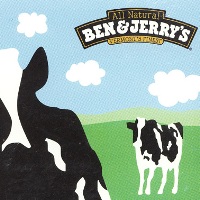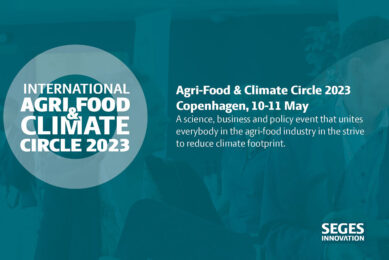Ben & Jerry’s battle against belching

Ice cream is made from milk amongst others. Milk comes from cows and cows produce a lot of carbon-dioxide and methane. Ben & Jerry’s intend to reduce these greenhouse gasses by paying attention to the cow’s feed.
Ben & Jerry’s – a Unilever company – first embarked on
a campaign to ‘Lick Global Warming’ back in 2002 and now they’re on a mission
against gas emissions that are thought to be responsible for global
warming.
Cows release around 400gms of methane a day, thanks to their
belching and farting. Carbon-dioxide (CO2) is by far the biggest contributor to
climate change but methane has 23 times the warming potential of CO2, so
reducing its emission is important.
Ben & Jerry’s is investing a
minimum of €2.4 million across a five year period to become climate neutral.
That means going beyond carbon neutral by also taking into account other
greenhouse gases such as methane (CH4) and nitrous oxide
(N2O).
Changing the feed
Tackling methane on the farm is a
complex process but by altering cows’ feed, Anniek Mauser, Happy Cow Girl
(social mission & environmental sustainability manager) at Ben &
Jerry’s, believes they’ve found a solution.
She says: “We can’t stop cows
from doing what comes naturally, but we can work on methane emission reduction
by changing animal feed to increase animal digestive ease.”
Ben &
Jerry’s is part of the Climate Neutral initiative developed by a consortium of
38 non-governmental organisations in the Netherlands.
Ben & Jerry’s
bid to become Climate Neutral addresses every stage of the supply chain,
categorised into 3 steps:
- maximise energy efficiency,
- move to lower carbon or renewable energy
sources, and - mitigate the negative effects of climate change
through the purchase of high-quality, regulated carbon offsets.
Cattle facts
- About 23 million dairy cows are grazing across
Europe - Between 9% and 12% of the energy that a cow consumes is converted
into methane - Of the 400gm of methane emitted a day, 99% is from
belching, 1% from farting











